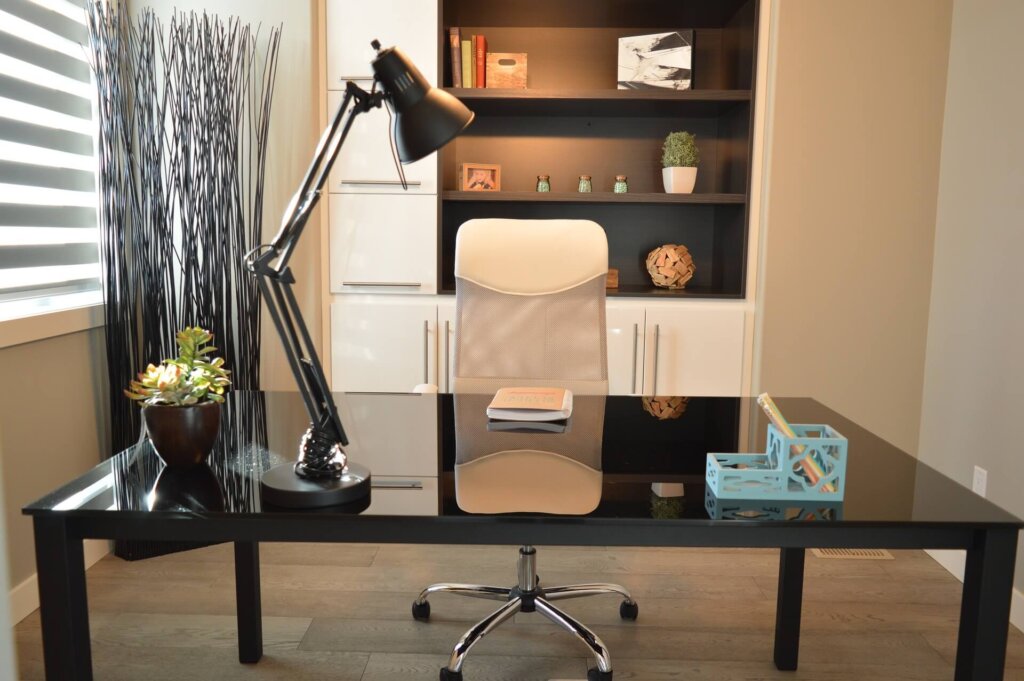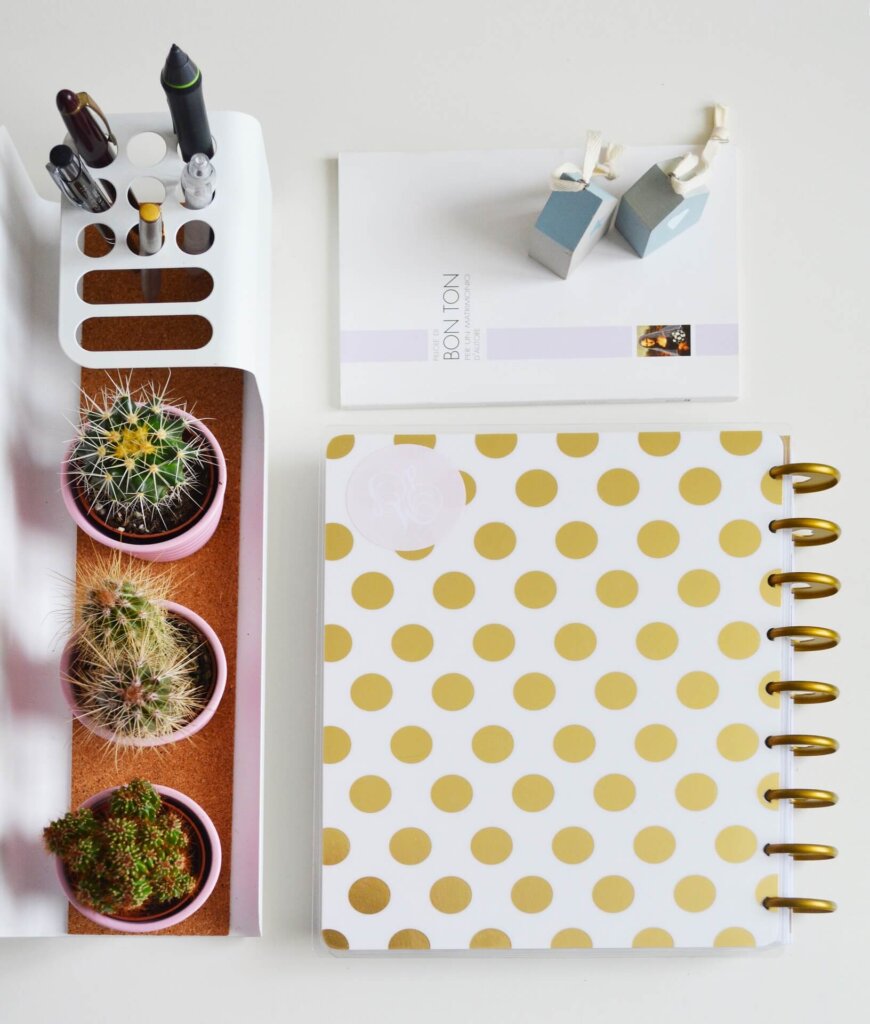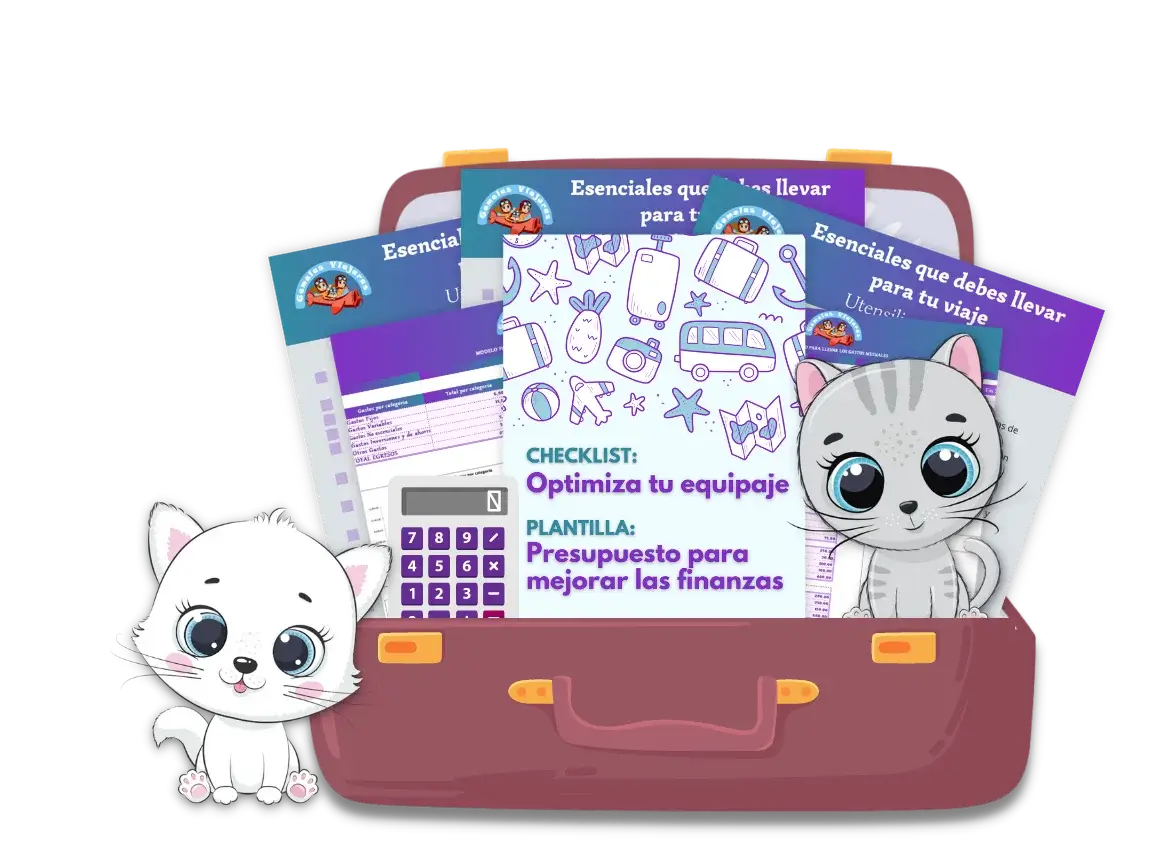This may seem like an off-topic article when it comes to a travel blog.
But both when we travel and when we stay at home – and 2020 was the year of staying at home – we have found that planning through an agenda of activities has been a great ally in making every minute of our time count.
We present here some keys of our time management through a list or to-do.
Why do we do this?
Doing planning work through an agenda allows you to focus on the activities you have to do, ranking them.
You also avoid being left “something out”. There is nothing more disappointing than ending a day overwhelmed by so many activities only to discover that you lacked things to do.
Time planning doesn’t just apply to work: if someone recommend a book or a movie, we put them in planning things to do. You avoid that situation where one day you say “For a long time I’ve wanted to read this book or watch that movie and I haven’t.” And it happens that many times you never do.
Scheduling allows you to create your free time spaces. You won’t complain anymore that I don’t have time for anything.
As we said above, it allows you to set priorities. Sometimes we see in front of us an enormous and overwhelming amount of things to do. But once we apply criteria of hierarchy or ordering according to importance or urgency, we discover that the tasks are less frightening than they seemed at first.
What do we do?
What we do is make a weekly list of the things we need to do over the next week. As simple as it sounds.
We usually do our weekly schedule on Sunday nights. But it can be done on a Monday, a Saturday or the day that suits best.
Together with our weekly TO-DOs agenda we create weekly meal menus. It is what we will eat during the week and we include a list of ingredients to buy at the grocery store. Thus, time, energy and food is not wasted.
As much as possible, we avoid displacement. Even before the quarantine, the activities that we could do online: banking, bureaucratic procedures and, sometimes, outings or delivery of meals, we did from home.
Although most of the time we like to go to the supermarket to choose our ingredients, it is useful sometimes to invest the time out in our planned activities.
We go to the grocery store every ten or fifteen days. Doing shopping at the supermarket or grocery store every two or three days takes a lot of time.
How do we do it?
Our weekly planning is separated by days. Each day is assigned its activities and we include breaks and leisures.
In our list, we make a hierarchy of activities. The most important or urgent or laborious at first, in the morning. In our case, the period of maximum alert and clear head is in the morning. You can vary the layout of your schedule depending on your circadian rhythms.
We place the duration of each activity, in period of time of 1/2 hour, one hour and two hours.
We intersperse half-hour breaks between each activity. In that time we check and respond to emails and social networks or just relax.
It is very important to focus on only one thing at a time. “He who grabs a lot takes little.” If we disperse into multiple activities at once, we tend to make more mistakes.
At the end of each week we see what was done and what was not done. We look at what we can improve or optimize.
Long-term goals or very large or complex, we divide them into smaller steps. For example, our current great project, the Round the World, we fragmented it by making one day the list of countries to visit. Next, research of the accommodation. Subsequently, sites to visit and transport.
Recommended tools
In some cases, we are still using a printed agenda and a pencil to do our planning. But as our awareness of the environment grows, we prefer to use online tools and dispense with paper whenever possible.
One of the most popular collaborative work managers and also an excellent planner is Trello.
Its intuitive graphical interface makes planning a week somewhat quick. We create and name columns with each day of the week and we can start filling them with tasks classified into categories.
If you are more traditional, Canva offers a planning designer, in which you can choose nice models for your planner.
Two apps for MacOS users: SelfControl and Focus. They prevent you from getting into distracting websites by blocking access to them. Restrict their access while you perform your tasks.
Tips for better planning
- Keep your workspace tidy. Energies circulate better and your brain is not overwhelmed by the amount of chaotic information that comes from a messy and full of junk. It’s one of the things we love about minimalism: the prescription of clean, clear, harmonious spaces.
- Be flexible with your day planning. You don’t have to meet the list 100%. And this does not mean that we are procrastinating. It’s about not being overwhelmed. Some things take longer than planned.
- Turn off cell phones or put them in airplane mode while you carry out your activities, remember that you must be fully present in the activity you are doing at that moment.
Conclusions
 The simple activity of planning a week has not only spared us from being overwhelmed with a lot of tasks that might seem titanic. It has prevented us from forgetting any important activity or issue and then having to run to do it.
The simple activity of planning a week has not only spared us from being overwhelmed with a lot of tasks that might seem titanic. It has prevented us from forgetting any important activity or issue and then having to run to do it.
On the other hand, having our week planned, we sleep better. We go to bed with the feeling of having had a productive day and wake up with enthusiasm to perform our already set tasks.
Human beings do not like inactivity. And we tend to fill the dormant spaces with something. The problem is that many times those spaces are filled with useless activities such as watching reality shows or browsing the instagrams of celebrities.
It is incredible how even the smallest banal distractions, when they accumulate, rob us of precious time that can very well be used in activities that make us grow as individuals.
And we’ve found that there’s time for everything, without getting overwhelmed and unhurried.
Are there any other methods or resources you use to better plan your time?





